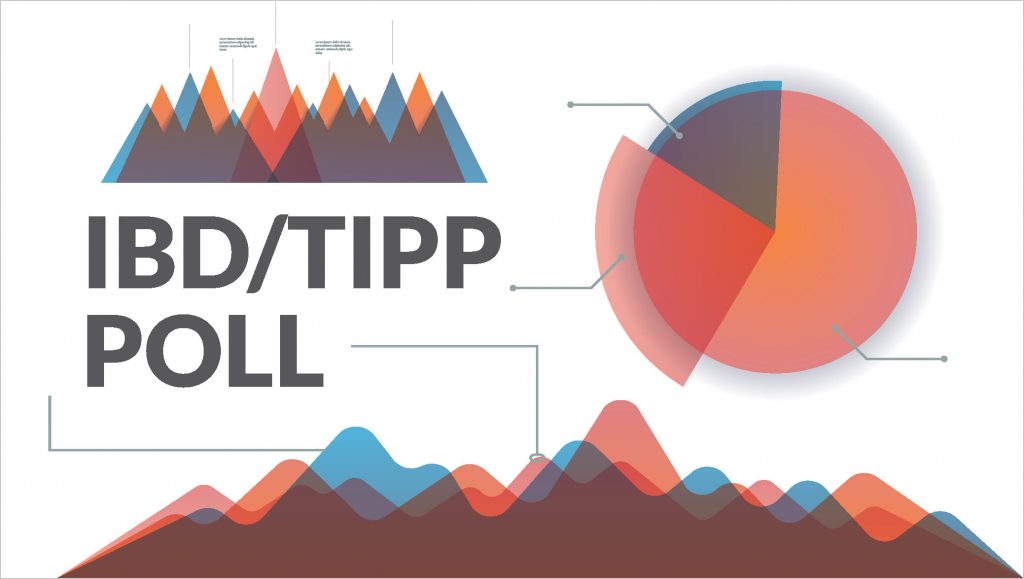The Dow Jones getting 30,000, and Pfizer and Moderna vaccine trials accomplishing up to 95% efficiency haven’t stopped Americans’ view of the U.S. economy’s outlook from slipping into a cynical area, the December IBD/TIPP Survey discovers. The growing toll of the coronavirus pandemic, the task market slowdown, and the lack of brand-new federal stimulus likely kept Americans from focusing on the light at the end of the tunnel.
The IBD/TIPP Economic Optimism Index registered 49, dipping one point from the neutral 50 levels in November. A surge in optimism in early October had raised the index to 55.2.
Congress now appears likely to agree on a moderate-sized stimulus plan, which will extend eligibility for welfare. The emerging costs aren’t expected to pad benefits, as the March coronavirus bill did. However, it might supply crucial relief for millions of long-lasting jobless employees who have tried or are close to tiring eligibility for advantages.
Dow Jones Record Stops Working To Increase Economic Optimism
The Dow Jones Industrial Average lastly topped its pre-coronavirus high of 29,569 on Nov. 9, then eclipsed 30,000 for the very first time on Nov. 24. Rising stock rates have investors in a great state of mind. Among Americans with at least $10,000 in household-owned equities or shared funds, the IBD/TIPP Economic Optimism Index ticked up seven-tenths of a point to 58.2. However, among noninvestors, the IBD/TIPP index sank deeper into a pessimistic area, falling 2.1 points to 43.4.
The IBD/TIPP Survey discovers a broad divergence in economic optimism based on earnings. Americans earning as much as $75,000 a year are pretty cynical, with Economic Optimism Index readings of 43.1 to 45.7. On the other hand, those making above $75,000 remain highly optimistic at 62.5.
Coronavirus Jobs Recovery Still Has A Long Method To Go
Last Friday’s jobs report revealed that U.S. companies added just 245,000 tasks in November, about half as numerous as expected. On the other hand, the Labor Department’s study of families showed the joblessness rate edging down to 6.7%. However, the decrease happened because more individuals stopped looking for work (400,000) than lost jobs (74,000).
Employers have added back 12.3 million tasks given that April’s bottom. However, payrolls are still 9.8 million below their February peak.
The IBD/TIPP Survey discovers that 41% of households have at least one member who runs out of work and looking for work. Another 42% are worried about task loss in the household. Factoring in the overlap, the share of job-sensitive families is presently 58%.
Meanwhile, the IBD/TIPP Financial Related Stress Index dipped 1.3 points in December to 65.4, still the 2nd greatest reading since April. Readings above 50 reflect rising tension.
Yet Americans prefer steps to limit the spread of the coronavirus, even at a cost to the U.S. economy, by a 59% -30% margin.

2020 Election Shifts Views Of U.S. Economy
Political views are constantly consider how Americans view the U.S. economy. Under President Obama, Republicans were invariably more downbeat about the outlook, simply as they have been more optimistic under President Trump– till now.
With President-elect Joe Biden set to take the reins, IBD/TIPP Economic Optimism Index readings showed Democrats turning optimistic in December (up 6.8 indicate 55.9) and Republicans growing pessimistic (down 9.9 indicate 48). The IBD/TIPP Poll readings were the highest for Democrats and lowest for Republicans given that November 2016.
Meanwhile, independents grew a touch more downhearted (down one point to 40.3).
Economic Optimism Index Elements
The IBD/TIPP Economic Optimism Index is a composite of three major subindexes. They track views of near-term prospects for the U.S. economy, the outlook for personal finances, and views of how well government financial policies are working.
The six-month outlook for the U.S. economy dipped seven-tenths of a point to 46.3. The six-month financial outlook index struck a 14-year high of 57 in February, then toppled as low as 37.3 in July.
The individual finances subindex rose eight-tenths of a point to 56.4, moderately optimistic. The index struck a crisis low of 49.8 in June. January 2020 saw a 15-month high of 64.6 points before the coronavirus spread outside China.
The federal policies subindex fell 2.9 points to 44.4. February’s 57.9 reading was the greatest given that June 2002. Before the coronavirus hit, there was broad assistance for the Trump economy.
The December IBD/TIPP Survey reflects an online survey of 1,209 grownups from Dec. 1-3.









